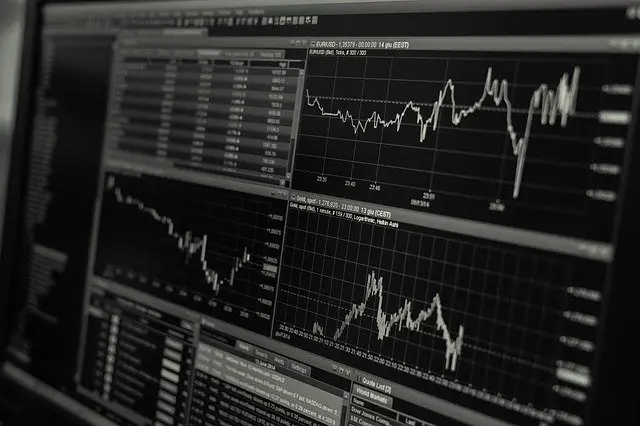“In the short run, the market is a voting machine but in the long run, it is a weighing machine.” – Benjamin Graham
Fundamental Analysis
Fundamental analysis is a method of valuing how much an investment is worth based on its intrinsic value. Company stocks are valued for their businesses, which include their assets, cash flow, growth potential, intellectual property, and anything of value in the market .
Fundamental analysis seeks to make timing decisions on when to buy and sell by quantifying the value of a company based on the variance between the current stock price and the total value of the underlying company. A fundamental investor wants a good price on the value of a company now believing that the stock price will go up more in the future as the true value is priced in more over time.
A fundamental investor can look to buy a stock with high potential future growth that is not accurately priced in currently or look to buy a good company at a great price when a low stock price is seen as a great value.
While a current stock value is an investor’s opinion, the goal of the fundamental investor is to project the earnings and sales trend of a company to see the potential future price versus its current price. Fundamental analysis can be used in all financial markets like stocks, currencies, commodities, real estate, and precious metals, as they all have some kind of underlying fundamental value. Anything that will affect the intrinsic value of an asset is measured in fundamental analysis.
Fundamental analysis looks at stocks the same way they would a businesses for price, value, growth, and cash flow. Fundamental analysis quantifies entries based on value versus price, it quantifies exits when the fundamentals of the investment have permanently changed.
Technical Analysis
Technical analysis focuses only on price action and volume. The best use of technical analysis isn’t to try to predict the future price, but to identify the path of least resistance, quantify the probabilities of what will happen next, and to identify a price level of entry for a good risk/reward ratio when considering the variance between the stop loss and profit target.
Pure price action is primarily used as an indicator of how traders and investors have acted around price levels previously and how they may make buying and selling decisions in the future. Technical indicators are derivatives of price action and are also used to measure and quantify trends, overbought/oversold levels, momentum, divergences, deviations from the mean, and trading ranges.
Technical analysts can use different types of charts to add more visual dimensions to visual price action like candlesticks, bar charts, line charts, point and figure charts, and raindrop charts.
Technical trading focuses on the price action in chart patterns, trends, support and resistance levels, and where the volume happens on a chart to identify what type of market environment they are in and also to create price action signals for both trade entries and exits on a chart.
The goal of a technical trader should be to create a price action trading system with an edge that has a positive expectancy based on the average win versus the average loss based on backtesting, forward testing, or real trading results in the past. Profitability can be accomplished through win rate as long as losses are kept small or it has a good risk/reward ratio so the bigger wins pay for all the small losing trades with money left for profits.
Combining Fundamental And Technical Analysis
Technical analysis doesn’t consider the fundamentals of a stock or trading vehicle as the focus is on price action. However, fundamental analysis can be considered in the process of building a watchlist so the trader can chose what securities to trade based on good fundamentals then decide when to trade them based on technical price action.
A trader or investor can choose to focus on either fundamental or technical analysis as they both have strengths or choose a combination of them both. Fundamentals can tell you what to buy and technicals can tell you when to buy it and sell it.
“Price is what you pay. Value is what you get.”- Warren Buffett
Fundamentals = Current and future intrinsic value.
Price = Current buying and selling pattern reality.
You can read my book The Ultimate Guide to Technical Analysis for a deeper dive into understanding how to use technical analysis in your trading.
